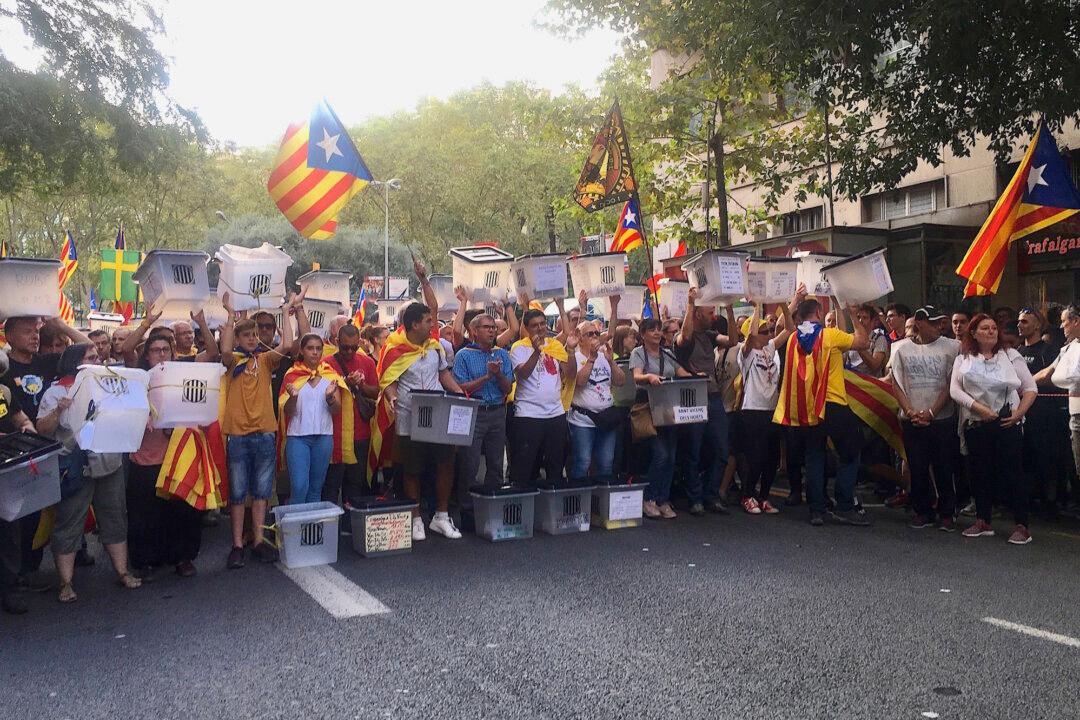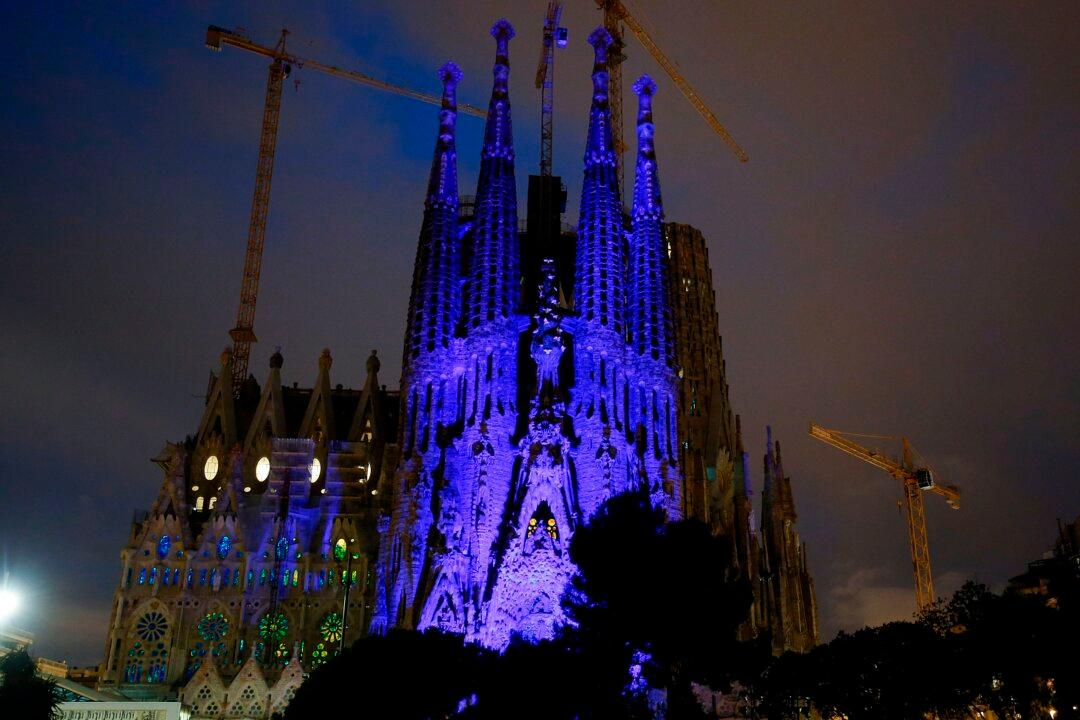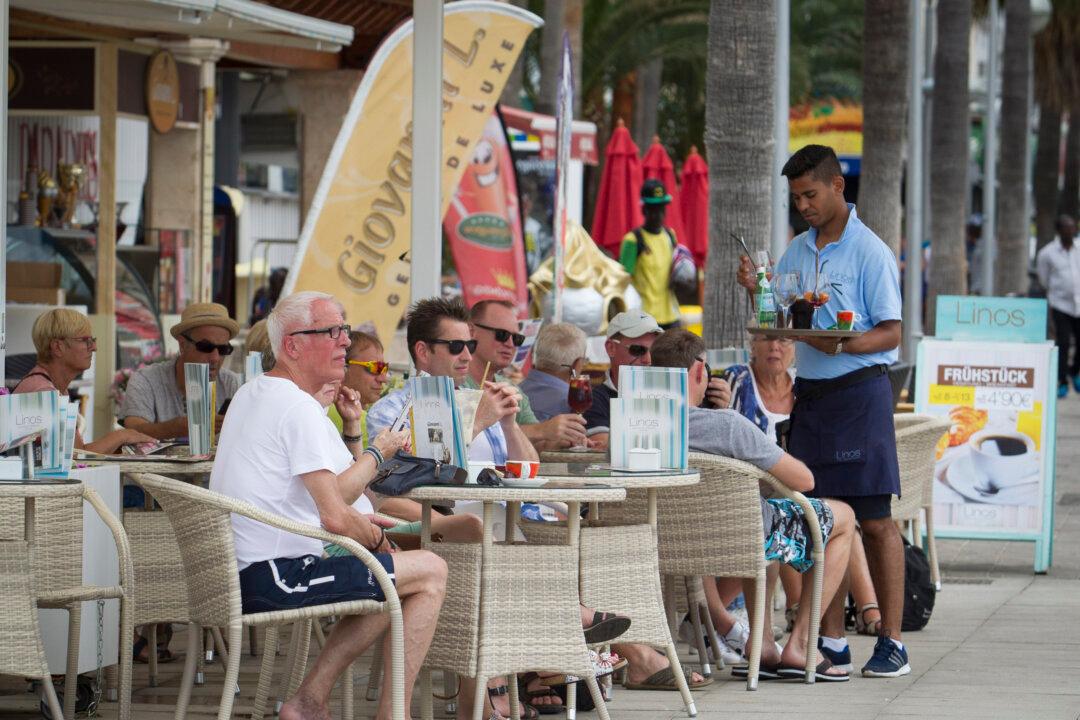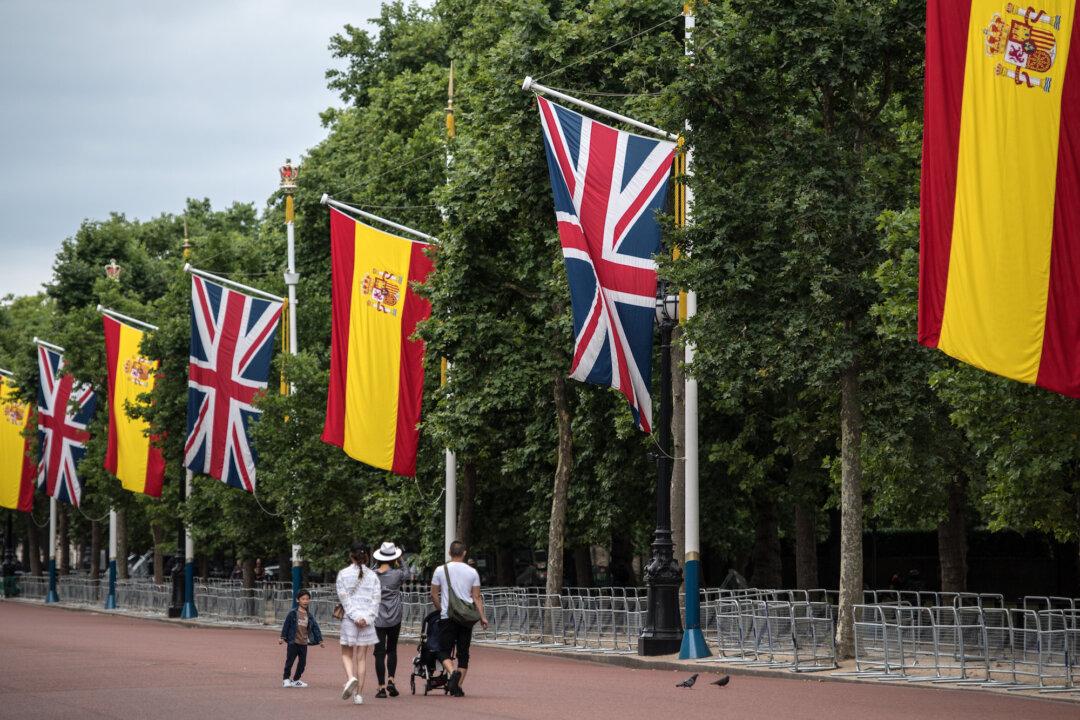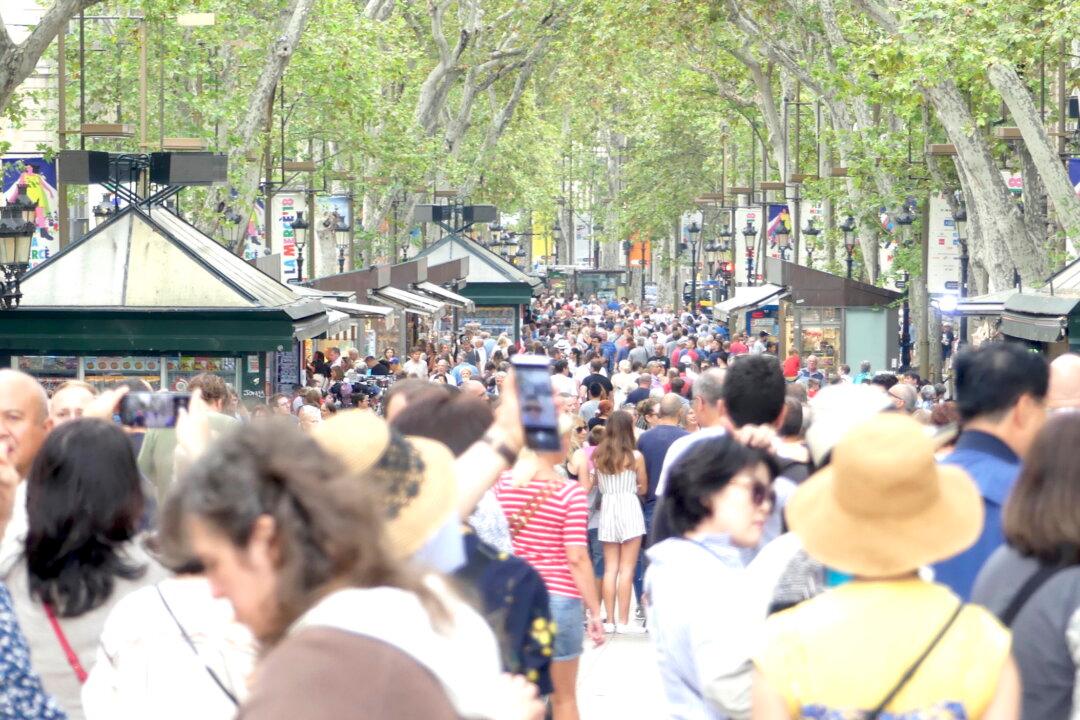BARCELONA—It’s been a year since secessionists in the coastal region of Catalonia held what the Constitutional Court of Spain referred to as an illegal referendum to seek independence.
With pro-independence protests erupting in the region to mark the anniversary of the events of October 2017, the country is still grappling for a long-lasting solution to the unrest.
